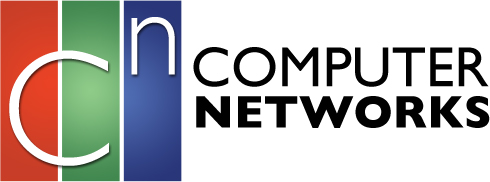KEY TERMS in Computer Networks
Following are some important terms, which are frequently used in context of Computer Networks.
| Terms | Definition |
|---|---|
| 1. ISO | The OSI model is a product of the Open Systems Interconnection project at the International Organization for Standardization. ISO is a voluntary organization. |
| 2. OSI Model | Open System Interconnection is a model consisting of seven logical layers. |
| 3. TCP/IP Model | Transmission Control Protocol and Internet Protocol Model is based on four layer model which is based on Protocols. |
| 4. UTP | Unshielded Twisted Pair cable is a Wired/Guided media which consists of two conductors usually copper, each with its own colour plastic insulator |
| 5. STP | Shielded Twisted Pair cable is a Wired/Guided media has a metal foil or braided-mesh covering which encases each pair of insulated conductors. Shielding also eliminates crosstalk |
| 6. PPP | Point-to-Point connection is a protocol which is used as a communication link between two devices. |
| 7. LAN | Local Area Network is designed for small areas such as an office, group of building or a factory. |
| 8. WAN | Wide Area Network is used for the network that covers large distance such as cover states of a country |
| 9. MAN | Metropolitan Area Network uses the similar technology as LAN. It is designed to extend over the entire city. |
| 10. Crosstalk | Undesired effect of one circuit on another circuit. It can occur when one line picks up some signals travelling down another line. Example: telephone conversation when one can hear background conversations. It can be eliminated by shielding each pair of twisted pair cable. |
| 11. PSTN | Public Switched Telephone Network consists of telephone lines, cellular networks, satellites for communication, fiber optic cables etc. It is the combination of world’s (national, local and regional) circuit switched telephone network. |
| 12. File Transfer, Access and Management (FTAM) | Standard mechanism to access files and manages it. Users can access files in a remote computer and manage it. |
| 13. Analog Transmission | The signal is continuously variable in amplitude and frequency. Power requirement is high when compared with Digital Transmission. |
| 14. Digital Transmission | It is a sequence of voltage pulses. It is basically a series of discrete pulses. Security is better than Analog Transmission. |









